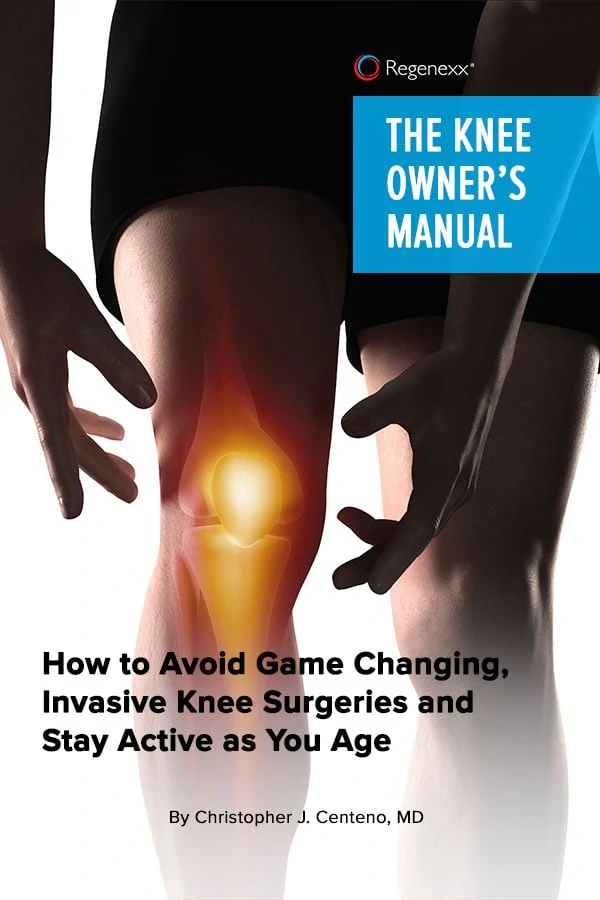The knee and hamstrings are in such close proximity that when your knee is hurting and your hamstrings muscles are tight, you might wonder if one is causing the other. What would that be called, “hamstring knee pain”?The answer, however, may not be as obvious as it might seem. In fact, the two may only be related in that both symptoms may be caused by a problem in the low back, not a problem in the knee or hamstrings.
I’ll explain in a moment, but let’s take a look at the hamstrings anatomy first.
How the Hamstrings Are Structured
If you are only familiar with only one muscle in the human body, it’s probably actually a group of muscles known as the hamstrings. They are the upper-leg muscles that tend to get tight when they are overworked or stiff when they aren’t worked enough. The hamstrings, just like all other structures in the body, are just one powerful link in the full body chain.
They don’t function individually; they function as an interconnected part of the entire body.
As such, at the basic anatomy level, the hamstrings anchor via tendons to the butt bone at what is called the ischial tuberosity (at a more complex anatomy level, the hamstrings also anchor farther up at the pelvis, or the spinal column base). From there they stretch the full length of the upper leg and insert just below the knee.
With the hamstrings and the knee living in the same space, it’s easy to assume tight hamstrings may be causing knee pain or vice versa, and there are cases where this may be true. For example, a hamstrings tear or injury behind the knee could certainly be the source of pain behind the knee. However, with an injury ruled out, the next place we would want to look for the source of hamstrings tightness and knee pain would be the back.
Tight Hamstrings and Their Relationship to Knee Pain
A muscle naturally begins to get smaller or waste away (the medical term for this is atrophy) when it is not being used or when its nerve supply has been disrupted.
One study found that when the hamstrings muscles are smaller when compared to the quadriceps muscles (the group of muscles that make up the front of the upper leg), MRI showed more signs of knee meniscus and cartilage degeneration or swelling. In addition, when the inside quadriceps muscle was bigger than the outside portion, the researchers found the same thing.
What would cause the hamstrings muscles’ atrophy?
Again, we have to examine the low back. We’ve seen a connection for many years between low-back nerve irritation and knee arthritis. The low-back nerves that supply your hamstrings are the most commonly irritated nerves in the back.
We believe, and the research supports, that this low-back nerve irritation can cause hamstrings to weaken and atrophy over time, making them less able to support and protect the knee. Let’s focus in a bit more on this back, hamstrings, and knee connection.
A Back Problem May Cause Tight Hamstrings and Knee Pain
If something has irritated a low-back nerve, you could feel pain, tightness, numbness, or other issues anywhere in the legs, including the hamstrings or knee. How is this possible? Because, as we mentioned, the nerves that branch off of your spine in the lower back supply the lower extremities all the way down to your toes and, therefore, irritation can be felt anywhere along the nerve supply chain.
What if your back doesn’t hurt? When your back is the source of the pain, you may or may not have discomfort in your back, so not having back pain doesn’t rule you out from a lower-back nerve irritation that may be causing your leg symptoms. In other words, your back may feel perfectly fine, yet, as the video below shows, your tight hamstrings and knee pain could be due to, for example, a pinched nerve in your back.
The upshot? If your hamstrings are chronically tight and/or you also have knee pain, make sure your doctor checks the low-back nerves that supply your hamstrings muscles as well. It’s not “hamstring knee pain,” after all. Incidentally, also worth mentioning, just because an MRI shows a meniscus tear, unless there has been an obvious traumatic injury, this doesn’t mean the meniscus tear is the source of your knee pain. If attempting to strengthen your hamstrings doesn’t improve your hamstrings tightness and your knee pain, it’s time to focus farther up the kinetic chain—your back may be the real problem! hamstring knee pain

